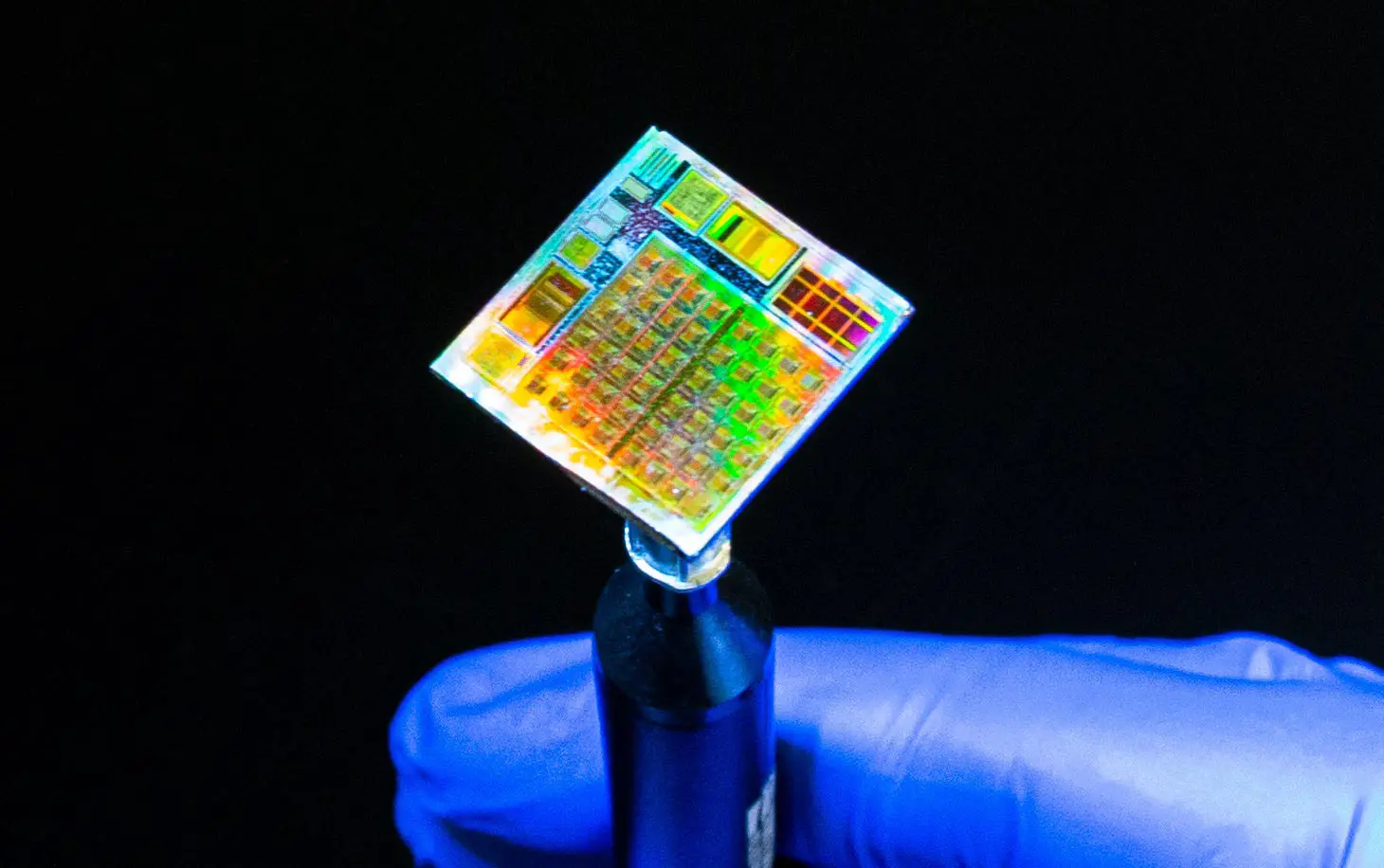In some visions, the 2D structure of super cold water molecules or hydrogen or protons (hydrogen ions) can form quantum computers. The system can transfer information to that 2D structure by using graphene. And new observations that electrons in graphene molecules exchange information with water molecules' electrons are the thing that makes this system interesting.
The nano-size masers can aim an extremely thin maser ray at the atoms. Or even single electrons or other subatomic particles. The nano-size diamond is the structure of carbon atoms where the vertex is one carbon atom. The system can use in the scanning tunneling microscope. Or between that carbon vertex and layer could put a series of smaller components.
The scanning tunneling microscope can also use to transport information into extremely small components. The system can use nano-diamond that aims the electromagnetic stress to ion or electron that hovers in a fullerene nanotube. Then the system can use electrons that are anchored in the nanotube's carbon structure to press that radiation in a coherent form.
"Water-graphene quantum friction. Credit: Lucy Reading-Ikkana/Simons Foundation" (ScitechDaily.com/Scientists Reveal That Water Can “Talk” to Electrons in Graphene)Graphene is a 2D nanostructure. The 2D nanostructure means that there is only one carbon-atom layer in graphene. That thing makes this material something that people have never seen before. The ability to exchange information between water molecules or their electrons makes it possible to use this impressive material in computers. Graphene, along with fullerene nanotubes are the materials.
That can make it possible to create new types of nanosized electronic components. In some models, the fullerene nanotube protects single-atom carbon or metal atom chains. And that allows the protection of information that travels in nano-size processors. Because graphene can "talk" or exchange information with water molecules. That allows the system to use water to transfer information in and out of the graphene structure.
The diamond's molecular structure.
At first, the system can transport information to water molecules using electromagnetic radiation like nano-size lasers or radio-based systems. One version of the radio wave-based technology could be the nano-diamond array that aims radio waves to the atoms or single electrons in water. That system can use similar-looking technology with scanning tunneling microscopes. The system can put an electron or hydrogen ion (proton) to hover between the array and water molecule chains. And then it can transport information to those water molecules.
The system can shoot single water molecules through the graphene. The system could also benefit one water molecule's quantum attribute. A water molecule is a polar molecule. And that makes it possible to make a chain of those molecules by using magnetic fields. Then the electromagnetic system drives that chain through a graphene gate. The system could use fullerene nanotubes and powerful magnetic fields to anchor those water molecules to the chain. Or those single water molecules can pull against the layer. And that makes the possibility to create a 2D water structure.
The reason why 2D structures are interesting to engineers and scientists is simple. The entropy in the 2D system is minimal. Because the number of actors is minimal. The system must control only horizontal structures. And that makes its actions easier to control and predict.
https://scitechdaily.com/scientists-reveal-that-water-can-talk-to-electrons-in-graphene/
























